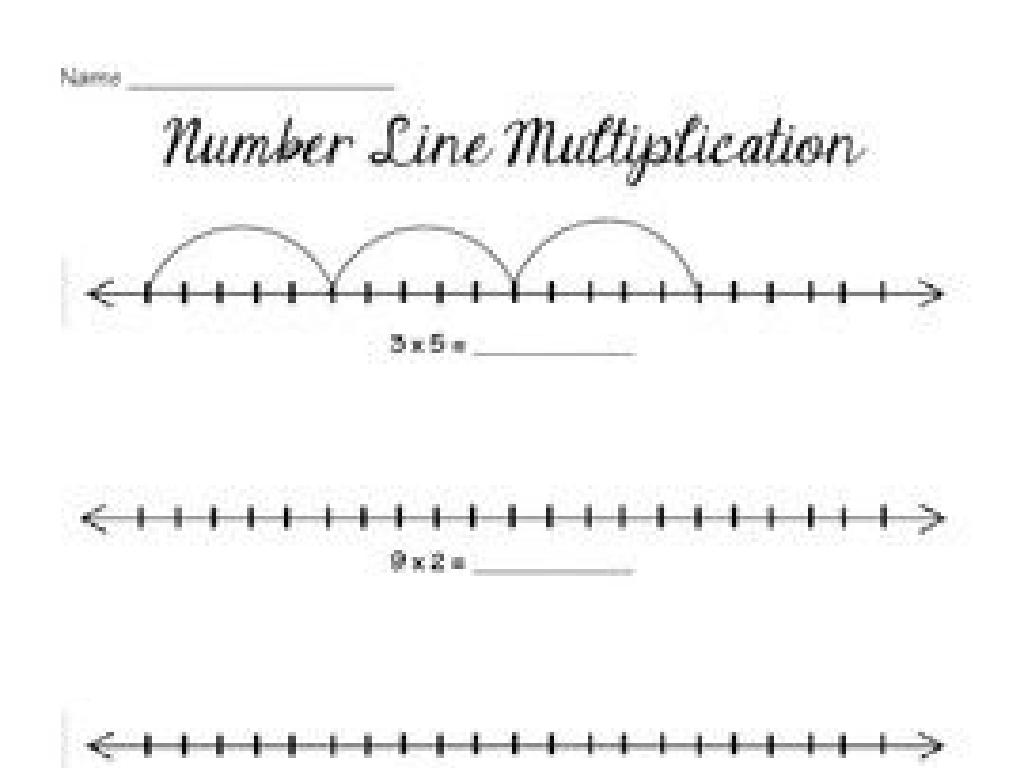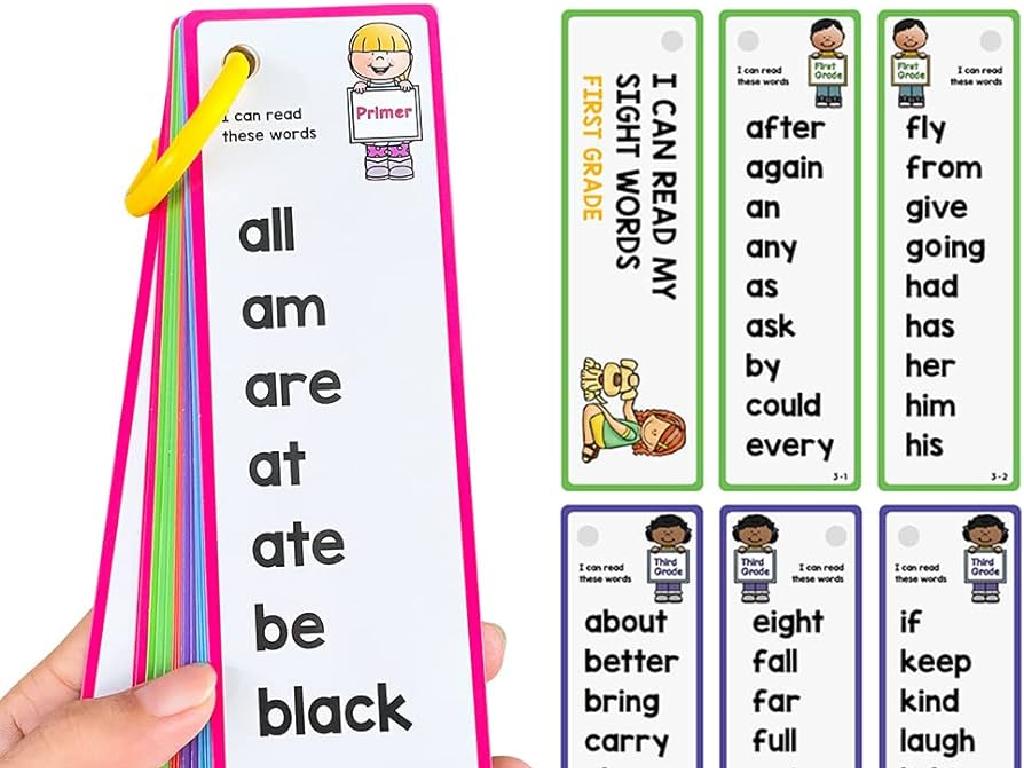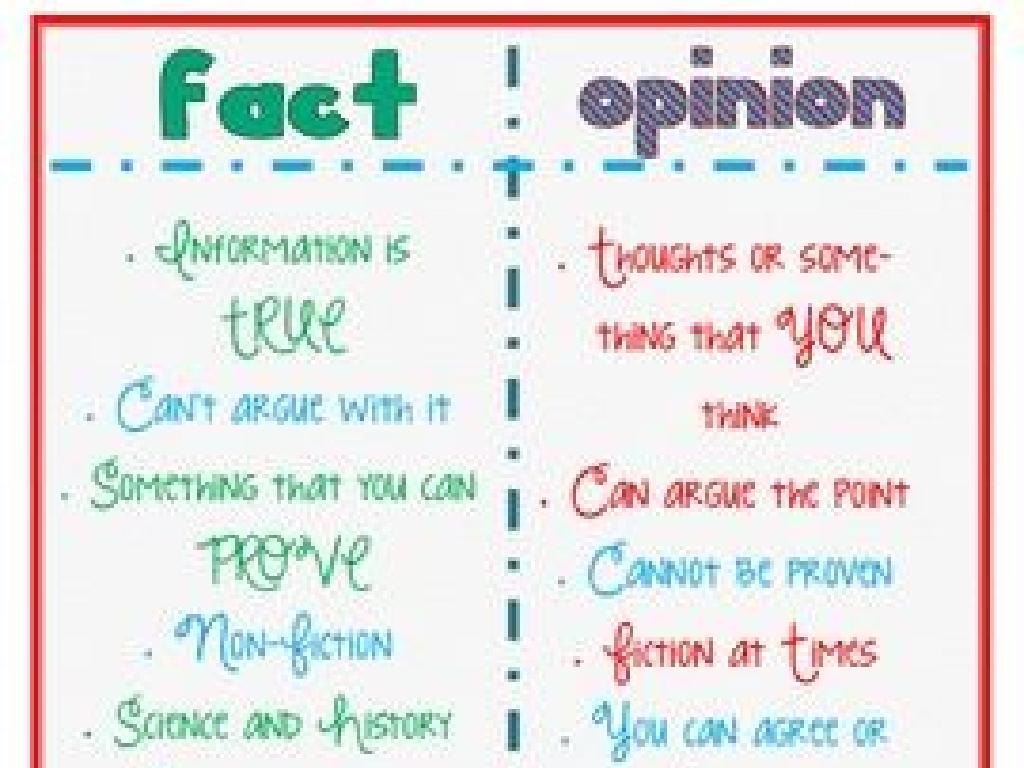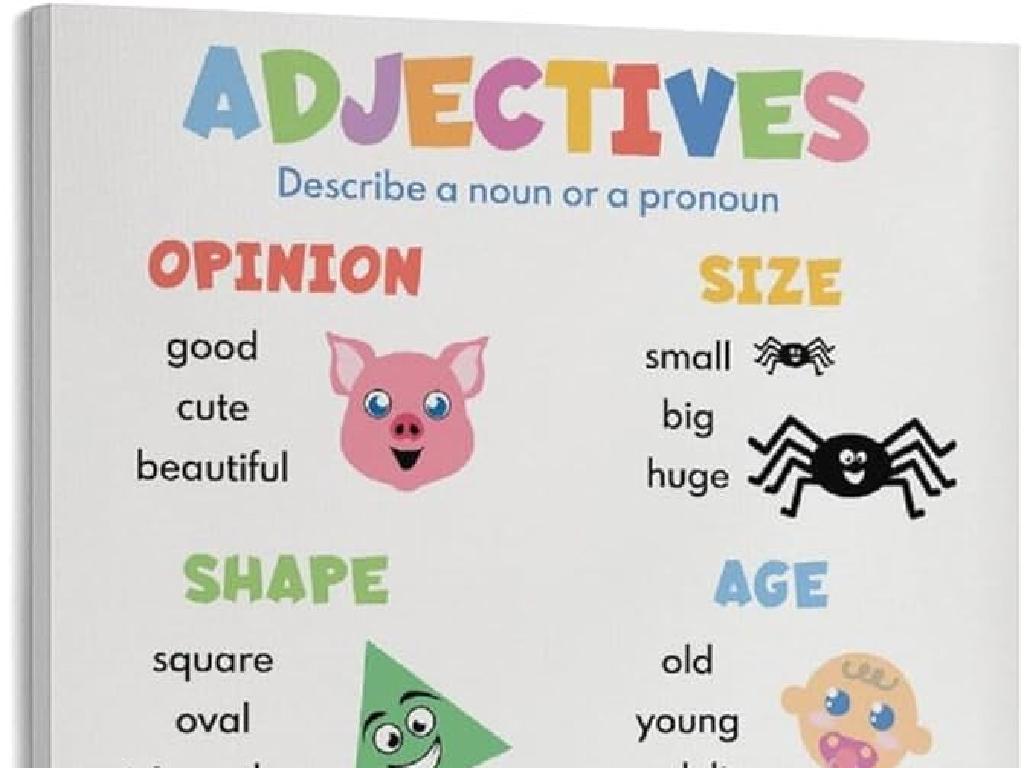Compare Temperatures Above And Below Zero
Subject: Math
Grade: Sixth grade
Topic: Units Of Measurement
Please LOG IN to download the presentation. Access is available to registered users only.
View More Content
Understanding Temperature: Above & Below Zero
– What is temperature?
– Meaning of temperatures above/below zero
– Below zero: cold, potential for frost. Above zero: warmer, above freezing point.
– Celsius vs Fahrenheit scales
– Celsius: water freezes at 0°, boils at 100°. Fahrenheit: water freezes at 32°, boils at 212°.
– Practical implications of temperature scales
– Knowing the scale helps us dress appropriately and understand weather forecasts.
|
This slide introduces the concept of temperature and its measurement. Temperature is a measure of how hot or cold something is, typically using the Celsius or Fahrenheit scale. When the temperature is below zero on the Celsius scale, it indicates freezing conditions, while above zero indicates warmer temperatures. It’s crucial for students to understand the practical differences between the two scales, as they are used differently in various parts of the world. Discuss the freezing and boiling points of water as reference points for each scale. Encourage students to think about how temperature affects their daily lives, such as choosing the right clothes for the weather or understanding weather reports.
Understanding Temperatures Above Zero
– Positive temperatures explained
– Temperatures above zero are considered positive and are usually indicated without a sign or with a plus (+).
– Examples of above zero temps
– Common examples: a sunny day at 23°C, body temperature around 37°C.
– Daily temperatures and activities
– Discuss how daily temperatures affect clothing choices, outdoor activities, and mood.
– Impact of positive temperatures
|
This slide aims to help students grasp the concept of temperatures above zero, which are referred to as positive temperatures. Use relatable examples such as the warmth of a sunny day or normal human body temperature to illustrate this concept. Engage students by discussing how the day’s temperature can influence what they wear, what activities they might do, and how it affects their surroundings. Encourage them to think about how positive temperatures play a role in their daily lives and the natural world, such as plants growing and ice melting. This will help them understand the practical implications of measuring and comparing temperatures.
Understanding Below Zero Temperatures
– What are negative temperatures?
– Temperatures below zero are marked with a minus sign, indicating they are colder than 0°C/32°F.
– Examples of below zero temps
– Winter in Antarctica: -40°C, or a freezer at -18°C.
– Effects on the environment
– Extreme cold can cause pipes to freeze and burst, and affect wildlife habitats.
– Comparing above and below zero
|
This slide aims to explain the concept of temperatures below zero, which are indicated by a negative sign and represent conditions colder than the freezing point of water. Provide real-world examples such as the temperatures in Antarctica or the standard temperature of a household freezer to help students relate. Discuss how subzero temperatures can impact the environment, including physical effects on infrastructure and ecological effects on animal habitats. Encourage students to think about how temperatures below zero compare to those above zero in terms of daily activities and living conditions.
Comparing Temperatures Above and Below Zero
– How to compare temperatures
– Use greater than, less than, or equal to signs
– Visualize with a number line
– A number line shows temperatures in order, helping us see differences
– Room temp vs. freezing point
– Room temperature is usually around 20°C, freezing point is 0°C
– Practical temperature comparisons
|
This slide introduces students to the concept of comparing temperatures, particularly understanding how temperatures above zero differ from those below zero. Start by explaining the use of inequality symbols to compare two temperatures. Introduce a number line as a visual tool to help students easily see the differences between temperatures. Use relatable examples like the difference between typical room temperature and the freezing point of water to make the concept more tangible. Encourage students to think of other practical examples where temperature comparison is necessary, such as weather forecasts, cooking, or science experiments.
Real-life Applications of Temperature Comparison
– Importance of comparing temperatures
– Weather forecasting applications
– Predicting weather helps us plan our days and stay safe.
– Temperature’s impact on daily choices
– Hot or cold weather guides our clothing, diet, and leisure activities.
– Influence on clothing, food, and activities
|
Understanding how to compare temperatures is crucial for students as it has direct implications in their daily lives. This slide emphasizes the importance of temperature comparison in practical scenarios such as weather forecasting, which is essential for planning day-to-day activities and ensuring safety in extreme weather conditions. Additionally, temperature plays a significant role in determining our clothing choices, dietary preferences, and the types of activities we engage in. For instance, we wear warm clothes in cold temperatures and prefer cooler, lighter meals in hot weather. Discuss with students how they adapt their own choices based on the temperature and encourage them to think of examples from their experiences.
Class Activity: Temperature Scavenger Hunt
– Find temperatures above & below zero
– Record & present your temperature findings
– Discuss the sensation of these temperatures
– How does cold feel compared to warmth?
– Understand the importance of temperature
– Why is it crucial to know different temperatures?
|
This interactive class activity is designed to engage students with the concept of temperature in a practical way. Students will search for real-life examples of temperatures above and below zero degrees, such as ice cream (below zero) or a sunny day (above zero). They will record these temperatures and later present their findings to the class. During the discussion, encourage students to describe how different temperatures feel on their skin and why certain temperatures are significant for various situations, like food preservation or weather conditions. Possible activities: 1) Measuring the temperature inside a freezer vs. a classroom, 2) Comparing body temperature with outside temperature on a cold day, 3) Listing household items that require different temperature settings, 4) Researching the coldest and hottest places on Earth.





